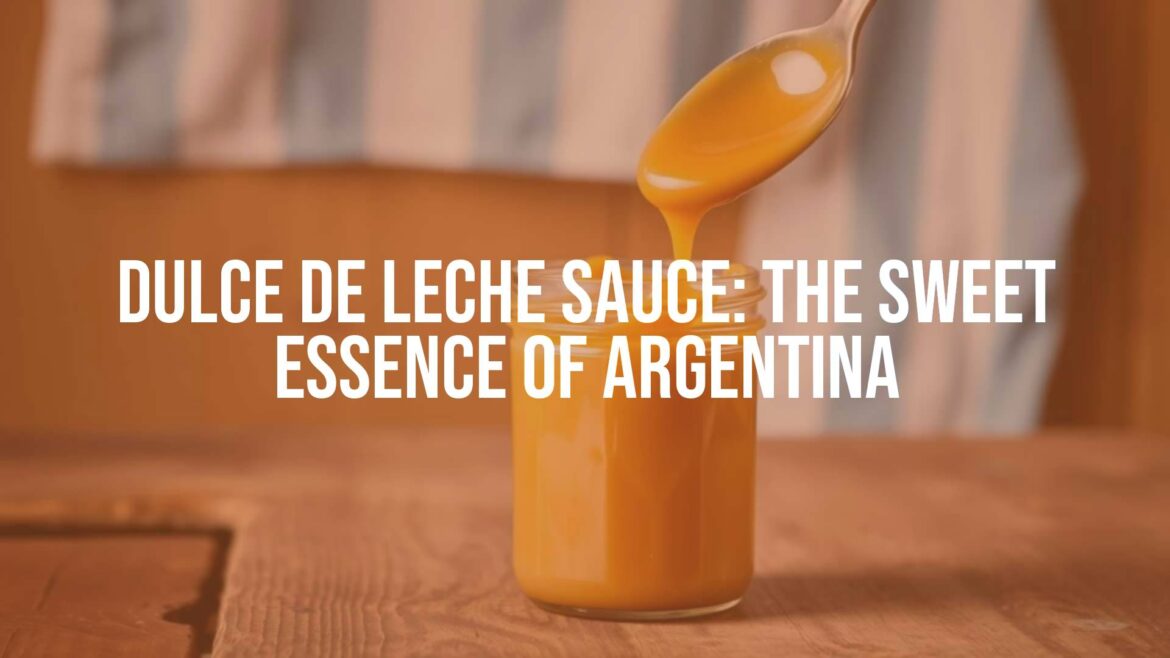The Rich Story of Dulce de Leche Sauce in Argentina
Dulce de leche sauce is a beloved and iconic feature of Argentinian cuisine, recognized not only for its decadent sweetness but also for its profound cultural resonance. Often described as a thick, caramel-like milk spread or sauce, dulce de leche finds its way into countless desserts, pastries, and daily treats throughout Argentina. Its velvety texture and irresistible flavor have turned it into a national treasure and a point of culinary pride for Argentinians.
Origins and Historical Roots
The history of dulce de leche stretches back centuries, with debated origins across South America. Argentina passionately claims its own version of the sauce, with local legends dating its creation to the 19th century. According to one popular tale, it was invented by accident when milk and sugar were left simmering on the stove for too long. Regardless of its exact origin, dulce de leche quickly became woven into the fabric of Argentine gastronomy, cherished in home kitchens and specialty shops alike.
What Makes Dulce de Leche Unique?
The signature taste of dulce de leche is achieved by slowly heating sweetened milk until it thickens and develops its characteristic golden-brown hue and rich, caramelized flavor. Unlike classic caramel made from sugar alone, dulce de leche’s milk base brings a creamy, almost toffee-like depth. The sauce is most often made from cow’s milk and sugar, though commercial and homemade recipes may vary slightly in technique or additions.
A Key Player in Argentine Culture
Dulce de leche is far more than just a sweet condiment in Argentina—it embodies nostalgia and comfort. It is a staple at breakfasts, enjoyed spread on toast or alongside fresh medialunas (croissants). The sauce stars in cakes like the famous torta rogel and as a filling for alfajores, the classic sandwich cookies. You’ll also find it drizzled over crepes, incorporated in ice cream, or simply savored by the spoonful. Sharing treats filled with dulce de leche is a common gesture at family gatherings and celebrations, strengthening its symbolic role in social life.
Regional Twists and Variations
Across Argentina’s provinces, you may encounter subtle differences in dulce de leche sauces. In some rural regions, local milk imparts a unique flavor, and certain recipes call for vanilla, cinnamon, or even hints of chocolate. Artisanal and industrial brands alike compete for the perfect balance of sweetness and consistency. Some versions cater to dietary needs, like lactose-free or reduced-sugar varieties, while others are aged to develop deeper flavors.
Interesting Facts and Common Curiosities
Many first-time tasters wonder about the best way to enjoy dulce de leche. While it’s most commonly used as a spread or filling, its versatility invites experimentation: dollop it on fruit, swirl it into yogurt, or pair it with cheese for a surprisingly delicious contrast. Argentinians are known for their fierce loyalty to their preferred brand or homemade recipe, and dulce de leche competitions are a cherished tradition at local fairs.
Conclusion
Dulce de leche sauce is a cornerstone of Argentinian culinary identity. Its sweet, creamy character is more than a simple ingredient—it is a symbol of warmth, sharing, and tradition. Whether savored in a classic dessert or spread on everyday bread, this sauce remains an enduring favorite that captures the heart of Argentina’s palate.


